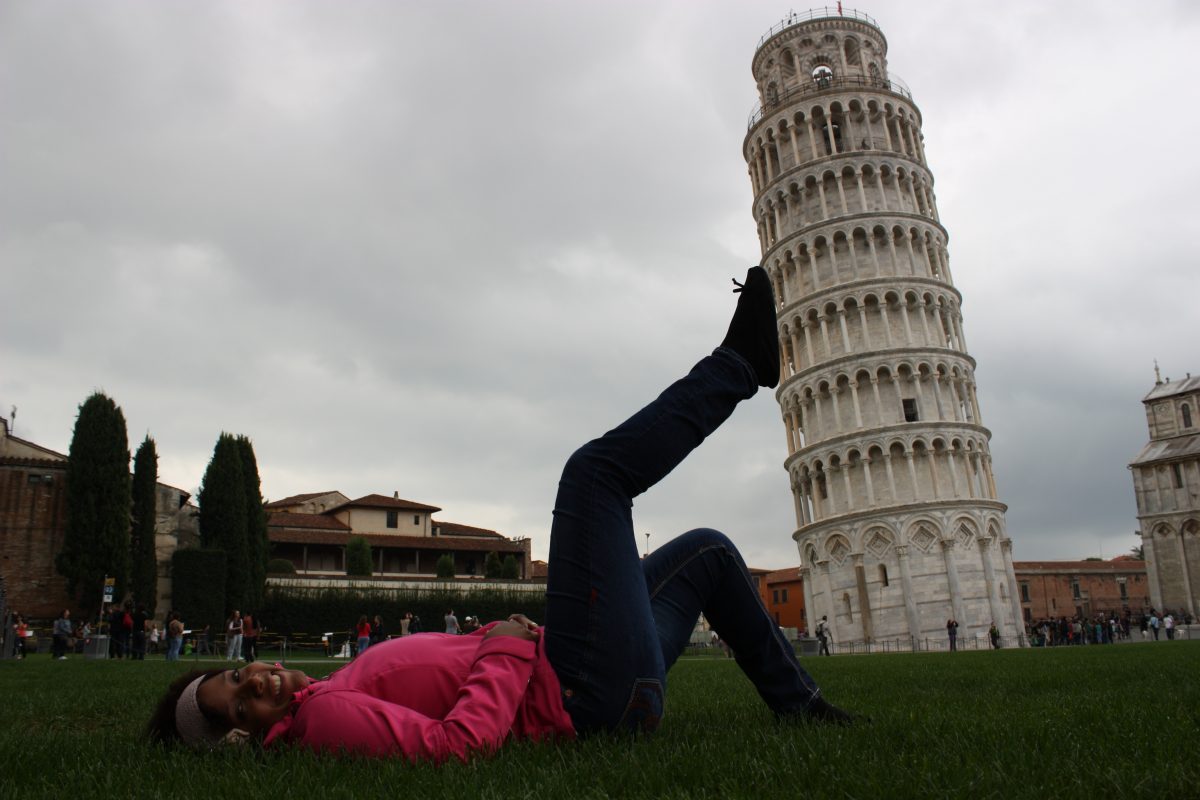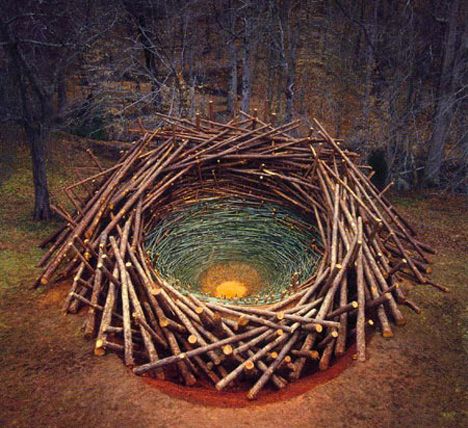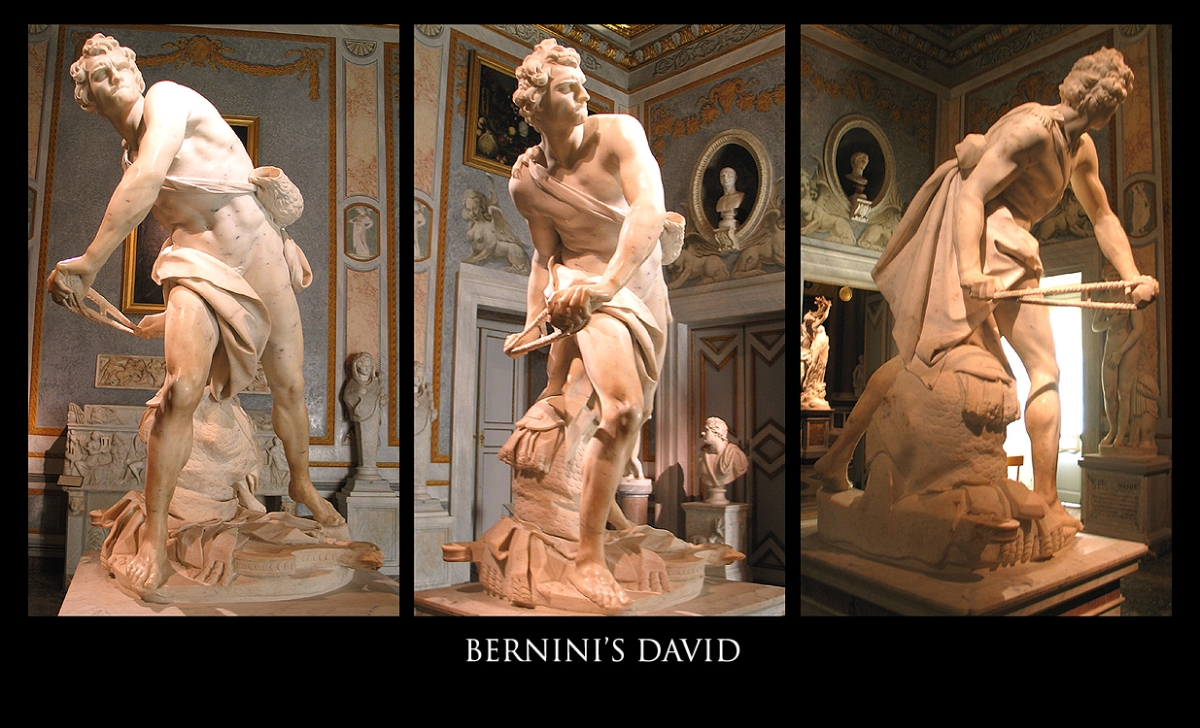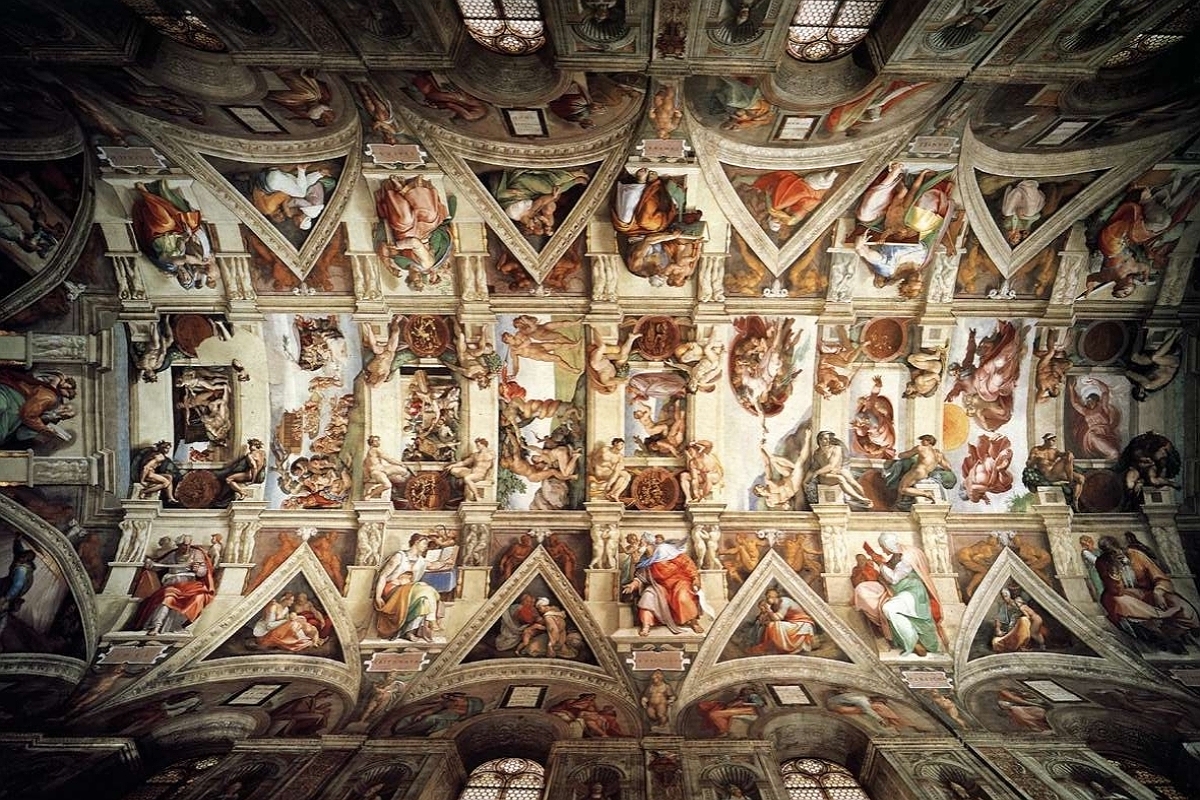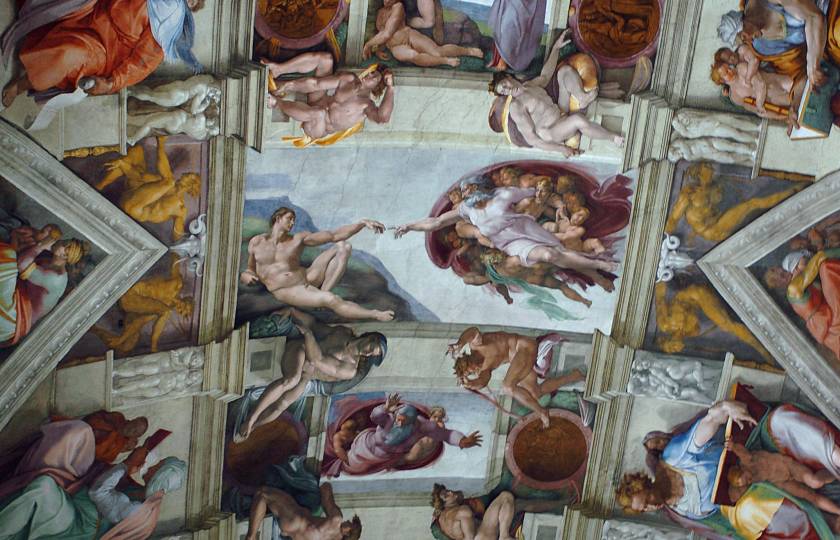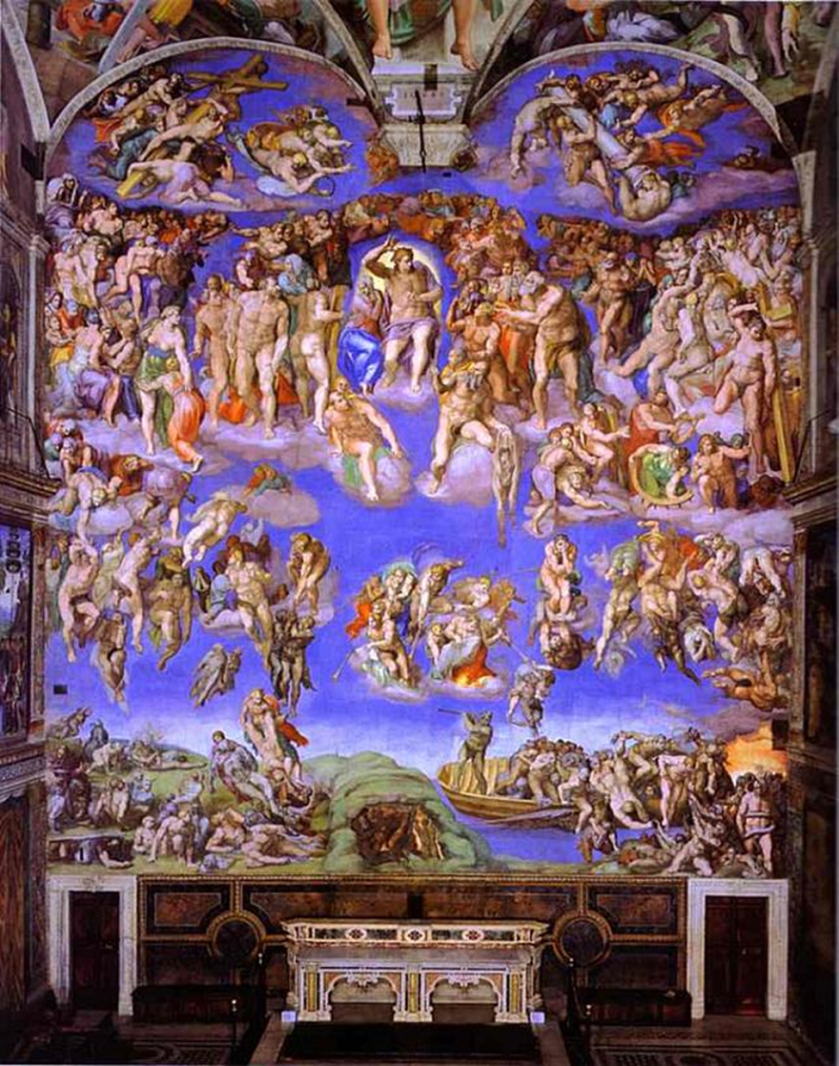The Shawshank Redemption is a crime, drama film; it was released on October 14th of 1994 in the United States and was directed by Frank Darabont. Based on imbd.com, it is rated 9.3/10 from 1,685,525 reviews. In addition, it has had 16 awards and 27 nominations and in the opening weekend it sold $727,327 in USA and it has sold around $58,500,000 gross dollars overall. Therefore I would say that this movie has been very successful. I also chose this film because it is the best rated on the Internet Movie Database. I had never heard of it and I wanted to know more about it. Many movies have been created since 1994 and this one is still first place on the list and I thought that it must be really good. The screenplay was written by Frank Arpad Darabont. This is a very sad story for the most part but it ends with a happy new beginning for some of the main characters. Here we see many examples of corruption, violence, and an unfair legal system.

This is my favorite camera shot of the Shawshank Redemption movie. I can see that a lot of effort was put into capturing one of the main characters from this angle.
At the beginning of this film there were several transitions from the court hearing to the place of the murder. It shows Andy (the main character) loading the gun with the bullets and drinking alcohol and also shows you when the prosecuting attorney is bringing those points out in front of the jury and the judge. This part is very intriguing because it left me with a big doubt and wondering whether Andy had killed his wife and her lover or not. There was a woman as part of the jury of Andy with an orange hat with flowers on the side with medium blond curly hair and red lipstick standing out from everyone in the room.
A character that brought a different taste and dynamic to this movie was Tommy. He had come into prison and met Andy. Interestingly enough Tommy had been with the man who killed Andy’s wife and her lover in another jail. When Tommy told Andy about their killer, Andy asks Warden Norton to help him get another trial where Tommy can testify and Andy could have a chance to be set free, but the person in charge completely refused and even killed Tommy. I really liked Tommy’s talents in the film. He acted very natural and original and did his role very well. His legs were even shaking when he went to meet with Warden Norton and at times he was very funny and his participation was very enthusiastic even though he was in a jail.
 One of the symbols used in this movie is the poster of Rita Hayworth. Andy had used her poster as an encouragement to look forward to living outside of jail and to cover the hole that he was digging to escape from jail. I thought that was super clever.
One of the symbols used in this movie is the poster of Rita Hayworth. Andy had used her poster as an encouragement to look forward to living outside of jail and to cover the hole that he was digging to escape from jail. I thought that was super clever.
The Shawshank Redemption original score was composed by Thomas Newman and released via Sony BMG label on September 20, 1994.
Most of the added songs were composed by Thomas Newman and these were: May, Shawshank Prison, New Fish, Rock Hammer, An Inch of His Life, Brooks Was Here, His Judgment Cometh, Suds on the Roof, Workfield, Shawshank Redemption, Elmo Blatch, Sisters, Zihuatanejo, Lovely Raquel, And That Right Soon, Compass and guns, So Was Red, and End Title. In addition, If I Didn’t Care by Ink Spots, Lovesick Blues by Hank Williams; and ‘che soave zeffiretto’, le nozze di Figaro by Gundula Janowitz, Edith Mathis.
One of the most remarkable settings from this movie is when Tommy is killed outside of jail by Captian Hadley. It was night and in some spots it was dark but where Tommy was standing it was light. I was really irritated when he was shot. I think of Tommy being in the light as a hope for Andy to be free. However, I see Warden Norton and Captain Hadley in the darkness as reflections of evil and corruption.
One of my favorite lighting scene of this movie is when Andy is in his car contemplating whether or not to go and kill his wife and her lover. I like how most of the scene has low-key lighting but Andy’s face looks bright.
One special effect from this movie is the bloody wounds after Tommy was shot. Other special effects are the thunder and the rain when Andy was escaping from prison. While watching this movie I experienced a wide range of emotions. First, I was very curious to know whether or not Andy had killed his wife and her lover. Then, I was really sad to see how badly some of the inmates were treated by the guards and how many times Red was rejected to be released. After that, I was very disappointed to see how the “Sisters” were harassing Andy. I was wondering how much more could he go through in life.
Then, I felt really angry and powerless when Warden Norton refused to help Andy get a new trial and killed Tommy without compassion. After I thought that everything was lost and that this movie was going to end up in a disaster, Andy escapes from prison successfully and turns in evidence that revealed the corruption that Warden Norton and Captain Hadley had in the Shawshank Redemption jail. Finally, I felt so proud of Andy and had a lot of joy to see that his hope had set him free and that his perseverance changed things not only for him but for the entire jail. I felt super excited to see that Andy and Red had overcome all their obstacles and that they were together again at a beautiful beach away from their nightmares.
Here is a preview of the movie:
Resources:
IMDb. IMDb.com, n.d. Web. 04 Aug. 2016. http://www.imdb.com/title/tt0111161/?ref_=nm_flmg_wr_12
King, Stephen. “RITA HAYWORTH AND THE SHAWSHANK REDEMPTION.” SparkNotes. SparkNotes, n.d. Web. 04 Aug. 2016. http://www.sparknotes.com/short-stories/rita-hayworth-and-the-shawshank-redemption/themes.html
“The Shawshank Redemption (soundtrack).” Wikipedia. Wikimedia Foundation, n.d. Web. 04 Aug. 2016. https://en.wikipedia.org/wiki/The_Shawshank_Redemption_(soundtrack)
“Shawshank Redemption, The (1994) Movie Script | SS.” Springfield! Springfield! N.p., n.d. Web. 04 Aug. 2016. http://www.springfieldspringfield.co.uk/movie_script.php?movie=shawshank-redemption-the
“Top Rated Movies.” IMDb. IMDb.com, n.d. Web. 04 Aug. 2016. http://www.imdb.com/chart/top?ref_=nv_mv_250_6
